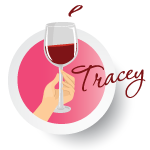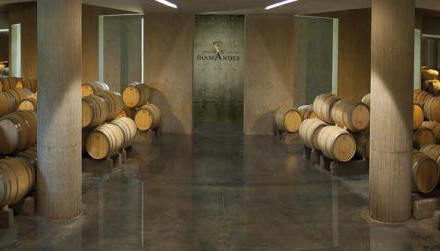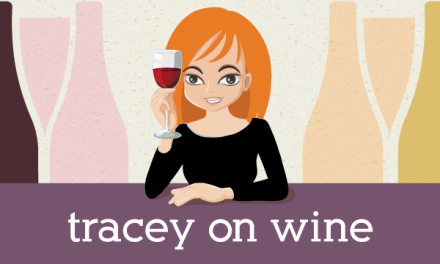I am sure you have heard about all of the blind tasting experiments which have tested sommelier’s palates and proved some really cannot tell the difference between a highly expensive and low cost bottle of wine. The most famous of all being the Judgement of Paris competition in France in 1976 where a Californian wine defeated a French wine in a blind tasting. The movie Bottle Shock was based on this competition.
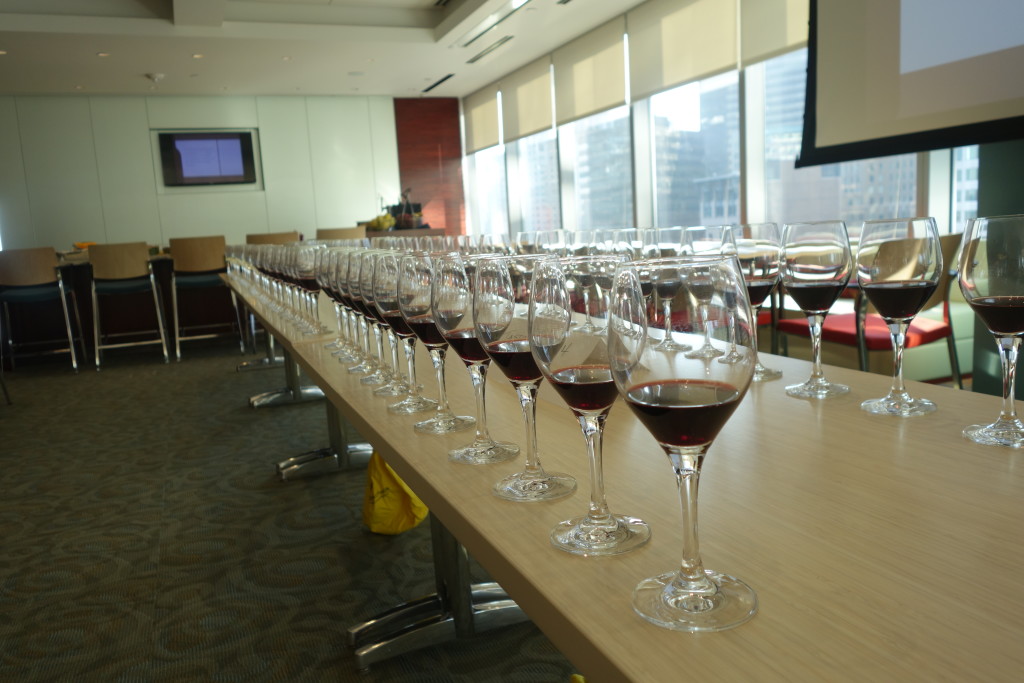
Blind Tasting ready to go. 2 Sauvignon Blancs. 2 Cabernet Sauvignons
There are a couple of standard traits that go into what can make a wine expensive. The first is Oak. Oak barrels can be very expensive, especially French oak, which can run as high as $2-3,000 (some even more). Many times, they are only used once. Time and resources are a huge factor in the price of a wine. Some wines get better with ageing so it stands to reason they can be more expensive because they are supposed to taste and ultimately be better. Some wineries have higher overheads and production costs so the cost of making wines can run high pushing up the price of the bottle up. There are many other factors which of course include terroir and ability to sell direct to the consumer or through a wholesaler to name a few.
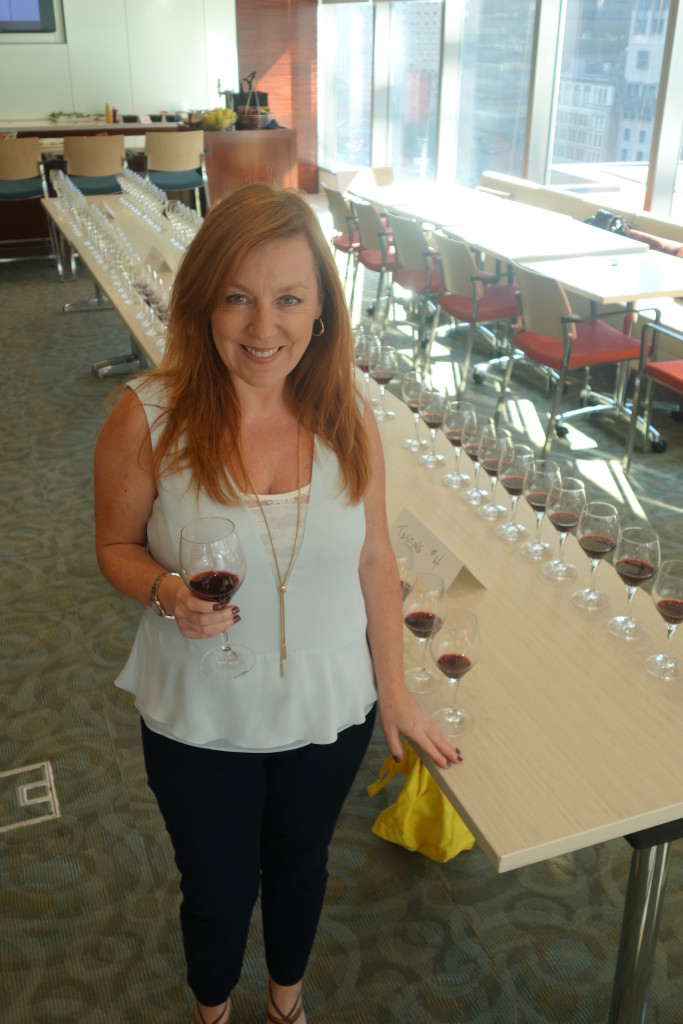
Of course I must sample the wines first
I put this experiment to the test last week during our Wine Club at work. Yes, we have a wine club. We are very lucky!
I have done a few wine tastings and workshops with colleagues, but I have to say this one was particularly entertaining for me and for the attendees. I decided to do a blind tasting of two Sauvignon Blanc wines and two Cabernet Sauvignons. I picked wines, which I personally enjoy. This experiment was not about challenging anyone’s palate or making fun of them if they enjoy a 3-Buck Chuck. It was simply about personal taste.
So, if you take away all outside influencing factors in making decisions on liking a particular wine – e.g., knowing the cost, looking at the label, listening to peers or reading a good or bad review, how would you choose when it is just based on taste?
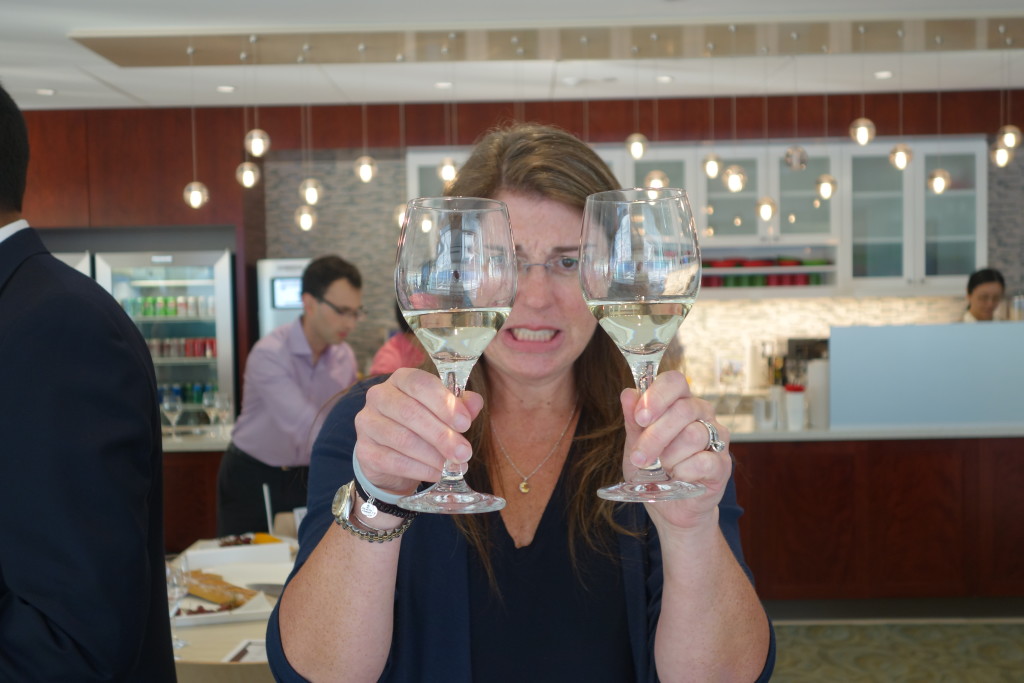
Are they really different?
I gave everyone a form to complete and shared only what type of wine they we were tasting. The forms asked for points out of 5 for five different criteria – appearance, aroma, body, taste and finish for a maximum total of 25. I then asked them to guess how much each wine cost at a local store. I did share that none of the wines were over $80. 16 people from the attendees completed the forms and the results were very telling. Overwhelmingly, everyone thought the Bogle Sauvignon Blanc was far more expensive than the Cakebread. Lots of oh’s and ah’s on this one.
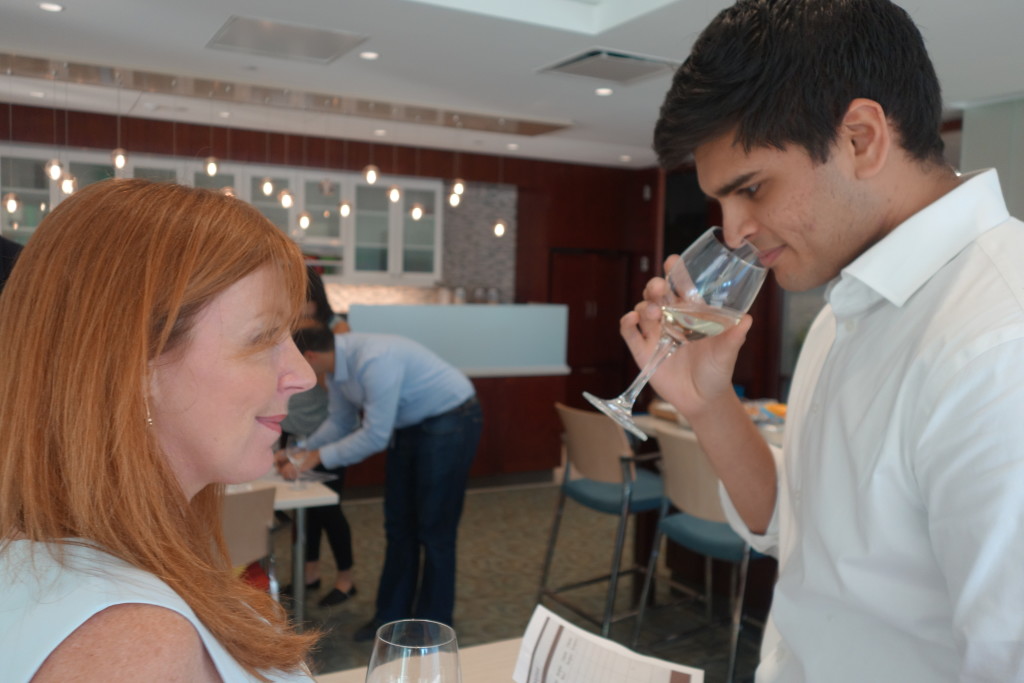
Convinced he was tasting the exact same Sauvignon Blanc; I challenged one of our consultants to really concentrate on what he was tasting
Blind Tasting #1 – Cakebread Sauvignon Blanc 2013, California
Tasting Notes… Boasts characteristically fresh, pure and complex white grapefruit, guava, green apple, honeydew melon and mineral aromas. It’s concentrated; guava, gooseberry and melon flavors persist into a long, lively finish boasting bright citrus, light spice and mouth-watering mineral tones.
Price… $33 – 0/16 people guessed that this was the more expensive of the wines with average price point guessed of $12.
Blind Tasting #2 – Bogle Sauvignon Blanc 2013, California
Tasting Notes… Freshly mowed grass and green citrus notes permeate the aromas of this wine, while lemongrass, asparagus, and a touch of white pepper enliven the palate. This full entry leads to a crisp finish, filled with zest of lime and zingy acidity. Finishing bright and satisfying, this wine makes your mouth water for more!
Price… $8 – 16/16 thought this was the more expensive wine at an average price point of $35. Some thought it was $80!
Differential: $25
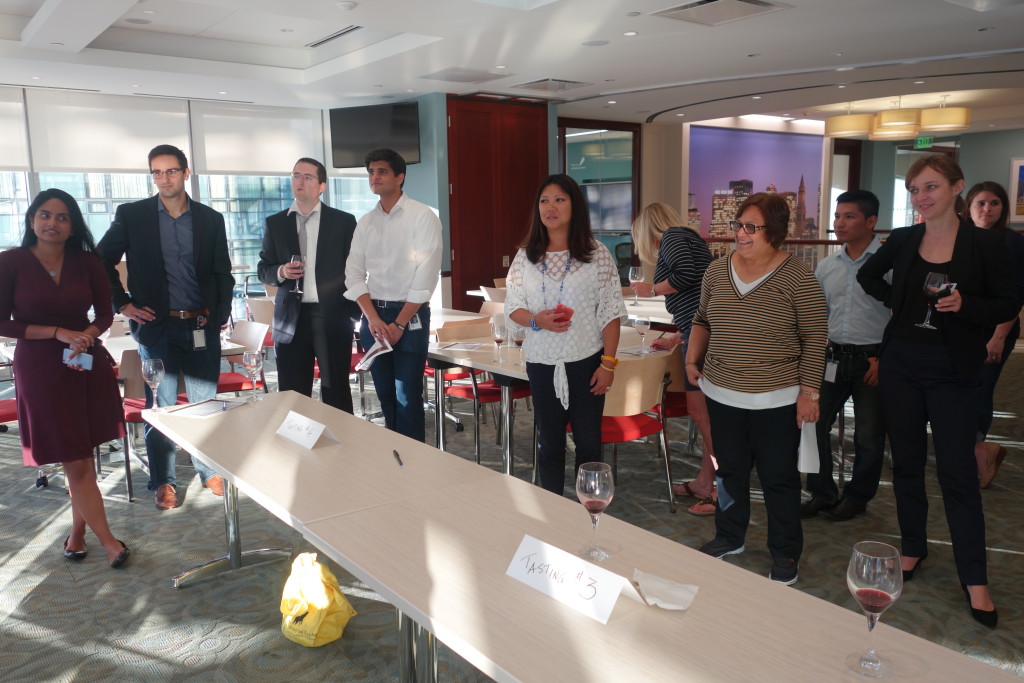
Sharing the results on the wine to some surprised tasters
REDS
Blind Tasting #1 – Pennywise Cabernet Sauvignon 2013
Tasting Notes… Smooth and juicy with bright plum and cherry, medium acidity and soft herbs, hints at tobacco, balanced and lengthy with good depth.
Price… $12 – 11/16 people guessed this to be the more expensive Cab at an average price point of $55.
Blind Tasting #2 – Peju 2011 Cabernet Sauvignon
Tasting Notes… Soft dried herbs; thyme, vanilla, red fruits, and anise on the nose. Dark plum / plum skin and a medium vanilla’d oak come through on the palate with lush soft tannins.
Price… $58 – 5/16 people guessed this to be the more expensive Cab at an average price point of $18.
Differential: $46
So, what does this prove? In my humble opinion, that there is only one reason to buy a bottle of wine whether its $3 or $80 and that is because you and your friends enjoy it. However, if you love the $3 wine more, think how much more you can buy!
A very special thank you to Social Wines in South Boston for helping me think through some of these wine choices.
